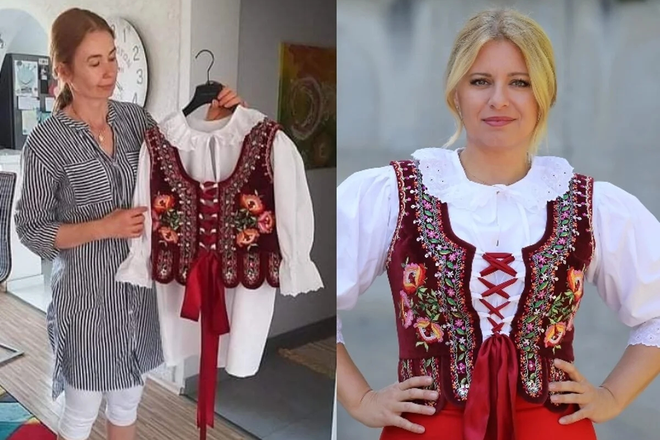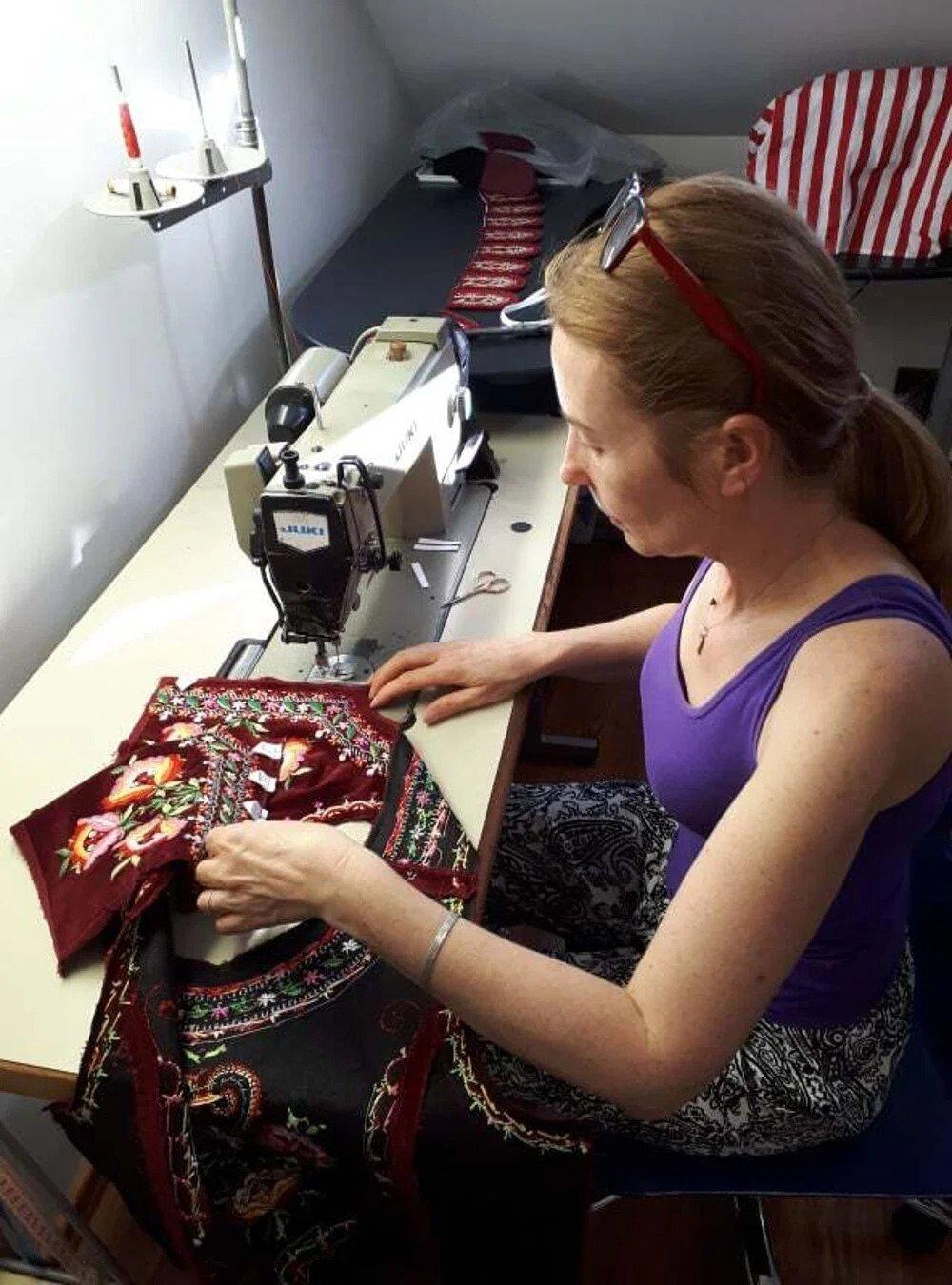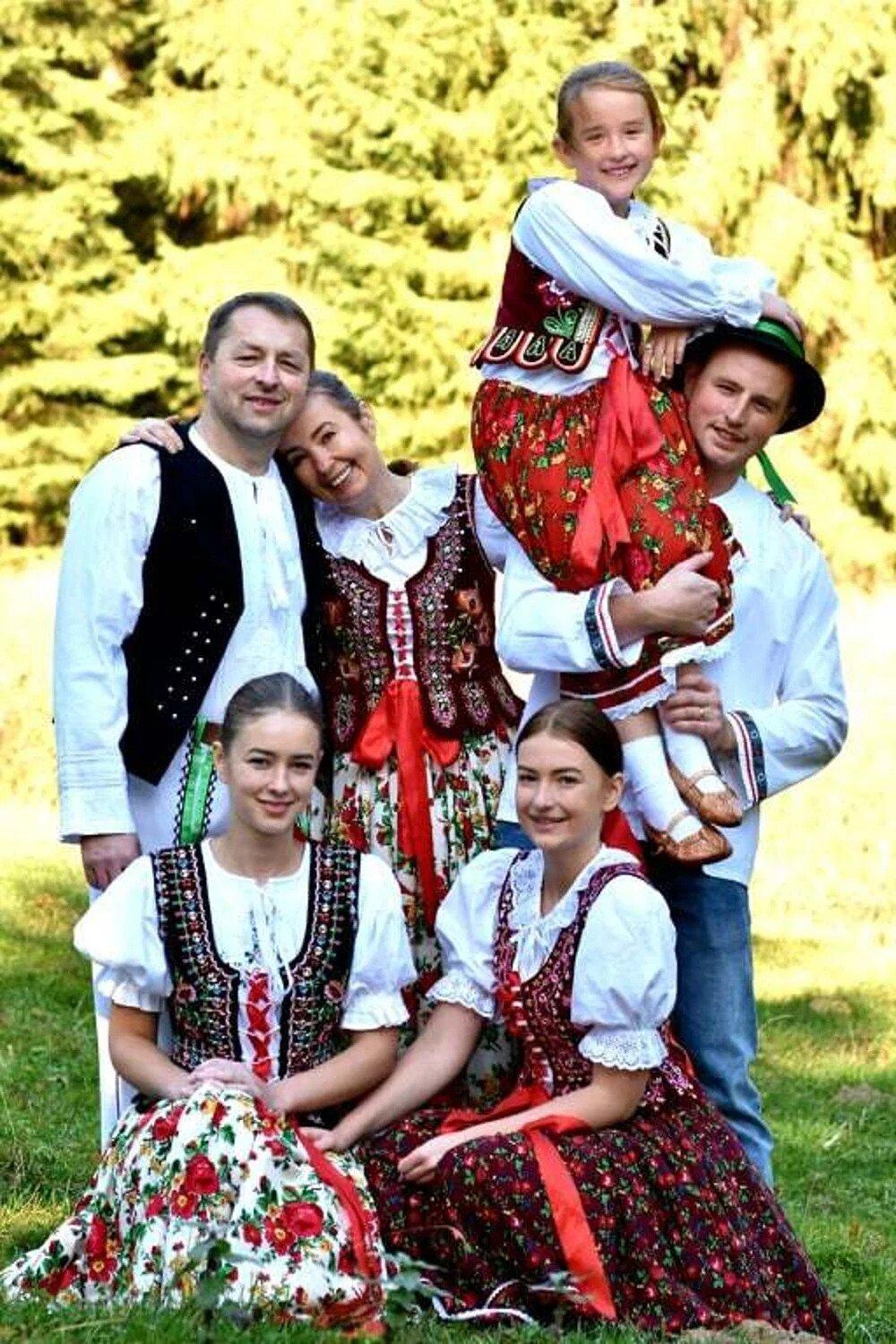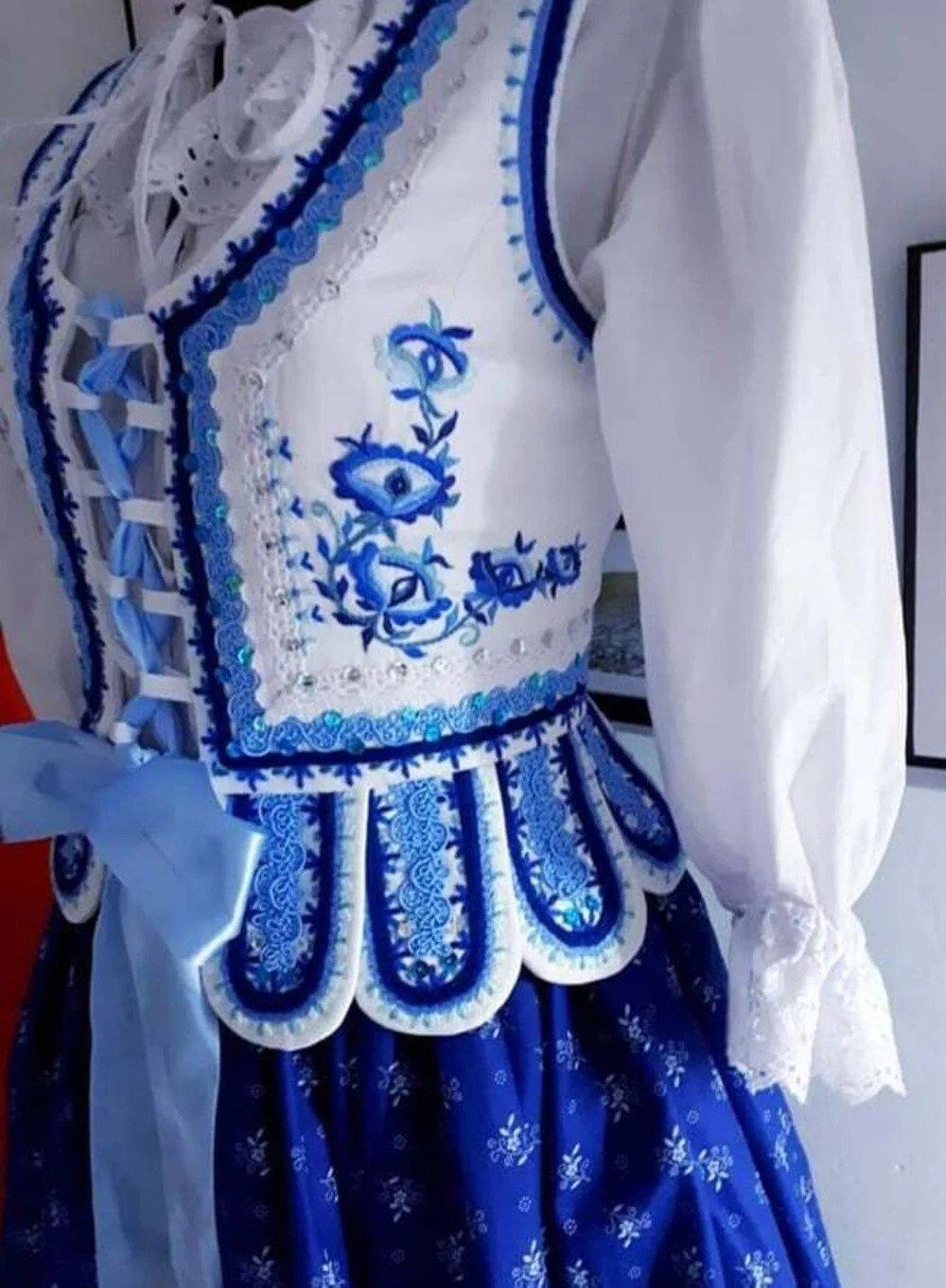All she ever hoped for was to see a figurine wearing a kroj made by her, a Slovak traditional costume,exhibited at the town hall in the village of Oravská Polhora where she lives, never expecting the Slovak president to bring her work closer to thousands of people.
But after President Zuzana Čaputová posted a picture of herself dressed up in a živôtik, also known as a lajblík, part of the kroj covering the upper part of the body besides the hands and neck, Danka Tropeková’s phone has not stopped ringing.But after President Zuzana Čaputová posted a picture of herself dressed up in a živôtik , also known as a lajblík , part of the kroj covering the upper part of the body besides the hands and neck, Danka Tropeková’s phone has not stopped ringing.
“It surprised me. I really didn't expect this,” she told.
The hobby of the mother of four, who has never been a member of any folk ensemble, began out of necessity a decade ago, when her daughter needed the kroj when she joined a folk group.
She dreamt of a figurine, not the president
The modest and smiling woman is a trained tailor. She works at a local textile and footwear shop and sews traditional costumes in her spare time. Her mother taught her handicrafts.
Over the years, she has created almost 80 lajblíks, which people in Oravská Polhora call a brúcnik.
“I told myself that I would be pleased if a figurine wearing my costume were displayed in the town hall,” Tropeková said about her dream.
Today, many people in Slovakia have learnt about her talent thanks to the president’s photo.
“It would never have occurred to me that I would sew a brúcnik for the president one day,” the talented tailor said.
Though she was asked to produce just one brúcnik, Tropeková decided to sew a white shirt as well.
Close deadline
Čaputová was pleased to present the “materialised memory of the hardworking and persistent people” living in the Orava region on Instagram, as well as a promise she had given to people during her visit.
“I want to thank everyone who preserves our beautiful Slovak folklore,” the president wrote.
Tropeková did not meet the president as she was holidaying at that time. The brúcnik was passed on to Čaputová by the mayor, who had asked Tropeková to create the piece of clothing for the president just a few weeks before her planned visit.
“It was a very close deadline, a few weeks before we went on holiday,” she said. “You cannot make things faster when it comes to hand embroidery.”
One brúcnik, four weeks of work
Tropeková spends her evenings producing the traditional pieces of clothing while watching TV. It takes her at least four weeks to create one brúcnik, which is not recommended for a washing machine.
Although the shape of the brúcnik is inspired by brúcniks from Oravská Polhora, various patterns arose out of her head.
“We did not have embroidered krojs in the village,” she said. “I designed the basic motif myself.”
She drew a rose, but she had to draw it so as to embroider it afterwards. As time has passed, her brúcniks and krojs have become more beautiful and colourful. Thanks to Čaputová, she has even gained a new customer.
“I was approached by a lady whose daughter dances in a folk ensemble at the UN in America. She wants exactly the same brúcnik as the president.”
© My Orava
Author: Lucia Šmigovská


 During the summer, tailor Danka Tropeková created a "brúcnik" for President Zuzana Čaputová. (source: Courtesy of Danka Tropeková/Facebook Zuzana Čaputová)
During the summer, tailor Danka Tropeková created a "brúcnik" for President Zuzana Čaputová. (source: Courtesy of Danka Tropeková/Facebook Zuzana Čaputová)
 It takes at least four weeks to create one "brúcnik." (source: Courtesy of Danka Tropeková)
It takes at least four weeks to create one "brúcnik." (source: Courtesy of Danka Tropeková)
 The Tropek family. (source: Courtesy of Danka Tropeková)
The Tropek family. (source: Courtesy of Danka Tropeková)
 Danka Tropeková has hand-made almost 80 "brúcniks". (source: Courtesy of Danka Tropeková)
Danka Tropeková has hand-made almost 80 "brúcniks". (source: Courtesy of Danka Tropeková)